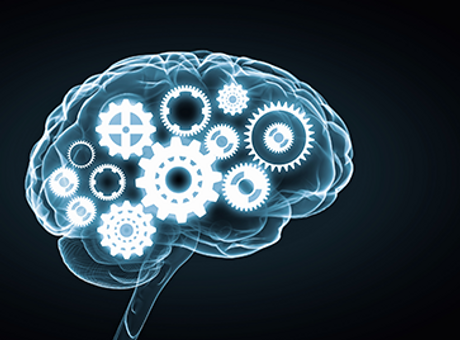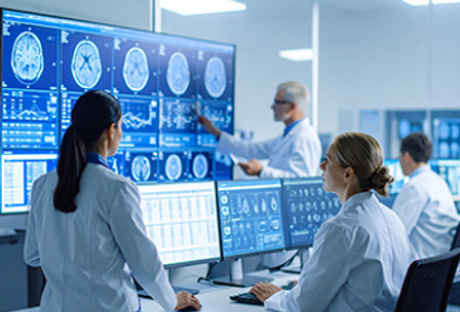Our research
Developing tools for real-world applications

We use multiple neuroimaging technologies such as intracranial EEG (iEEG), functional MRI (fMRI) and EEG to develop real-world applications. In one of our major clinical research streams We use electrocorticography (ECOG, recording brain activity directly from the surface of the brain) from patients during awake brain surgery for the removal of tumors to track a functional signature of cognitive function. By integrating data from multiple neuroimaging technologies, we aim to support and improve clinical decision-making and advance the understanding of the impact of neurological disorders on functional brain organization.
Neural mechanisms of attention and executive control

We investigate the neural basis of attention and executive functions such as task switching and flexible thinking. Using EEG, eye tracking, physiological measures, and machine learning, we explore how the brain manages cognitive load, prioritizes relevant information, and filters out irrelevant one.
Computational approaches for signal processing

We develop and use state-of-the-art computational approaches for data analysis, such as multivariate analysis, machine learning, functional coupling, and statistical modelling, to decode patterns of activity in complex brain signals derived from neuroimaging, electrophysiology, and physiological data. These methodologies serve as foundations for Brain-Computer Interfaces (BCIs).
Individual-oriented neuroimaging

Developing data-intensive methods to map functional networks in the human brain at the individual level. By focusing on variability between individuals in brain organization, we aim to support personalized clinical and industry-related applications.